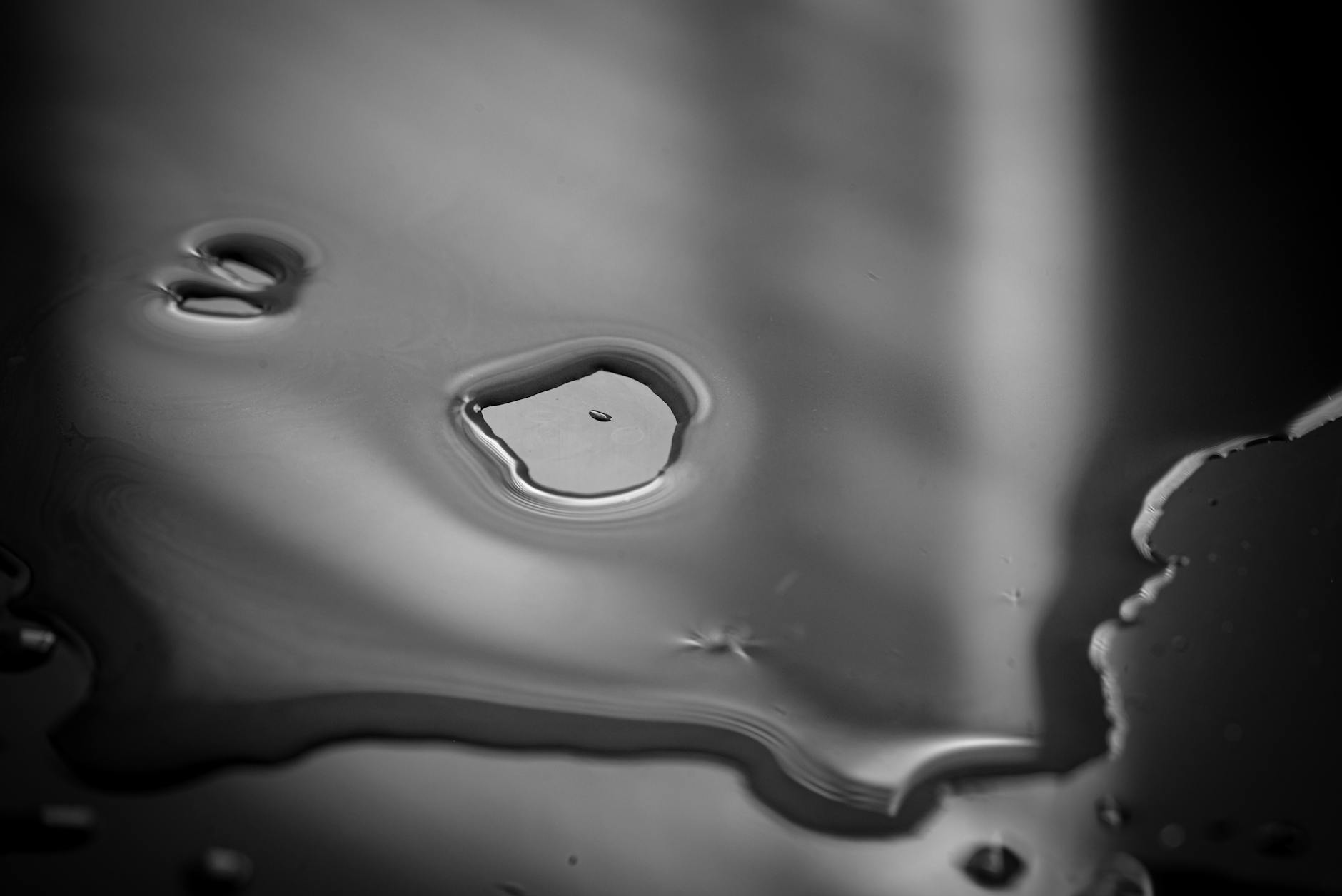
Hazardous Substance Spill Cleanup: Safeguarding Environments Through Proper Procedures and Equipment
Introduction
Hazardous substance spills pose significant risks to the environment, public health, and safety. Quick and effective cleanup is crucial to mitigate the impact of these spills. This article explores the procedures and equipment involved in hazardous substance spill cleanup, emphasizing the importance of a systematic and well-equipped approach to safeguard the environment and prevent further harm.
Understanding Hazardous Substance Spill Cleanup
- Definition and Classification
- Hazardous Substances: Spills can involve a wide range of hazardous substances, including chemicals, oils, and other pollutants.
- Classification: Substances are classified based on their nature, toxicity, and potential environmental impact.
- Environmental Impact Assessment
- Immediate Assessment: Conduct an immediate assessment of the spill’s impact on the environment.
- Long-Term Effects: Consider the potential long-term effects on soil, water bodies, and wildlife.
Procedures for Hazardous Substance Spill Cleanup
- Immediate Response
- Safety First: Prioritize the safety of responders and the public by establishing a safe perimeter.
- Notification: Immediately report the spill to relevant authorities and emergency response teams.
- Containment and Control
- Containment Measures: Implement measures to prevent the spread of the hazardous substance.
- Control Release Points: Identify and control potential release points to minimize further contamination.
- Assessment of Risks
- Risk Identification: Evaluate the risks associated with the spilled substance, including fire hazards and toxicity.
- Evacuation Planning: Develop evacuation plans for affected areas if necessary.
- Selection of Cleanup Methods
- Type of Substance: Choose appropriate cleanup methods based on the type of hazardous substance.
- Environmental Conditions: Consider environmental factors such as weather and terrain.
- Personal Protective Equipment (PPE)
- Mandatory Gear: Ensure responders wear appropriate PPE, including chemical-resistant suits, gloves, and respiratory protection.
- Training: Provide training on the proper use of PPE and adherence to safety protocols.
- Decontamination Procedures
- Personnel Decontamination: Establish decontamination areas for personnel to prevent the spread of contaminants.
- Equipment Decontamination: Decontaminate equipment thoroughly after use.
- Waste Management
- Proper Disposal: Dispose of hazardous waste in accordance with regulations.
- Documentation: Maintain detailed records of the quantity and type of waste generated during cleanup.
Equipment Used in Hazardous Substance Spill Cleanup
- Absorbents and Booms
- Quick Absorption: Absorbents such as pads and booms help quickly contain and soak up spilled substances.
- Floating Booms: Floating booms are effective in containing spills on water surfaces.
- Chemical Neutralizers
- Neutralization Process: Neutralize hazardous substances using appropriate chemicals to reduce toxicity.
- pH Adjustment: Chemical neutralizers adjust the pH of the spill to a safer level.
- Vacuum Trucks and Pumps
- Efficient Extraction: Vacuum trucks and pumps efficiently remove spilled substances from the affected area.
- Volume Capacity: Choose equipment with sufficient volume capacity for effective cleanup.
- Personal Protective Equipment (PPE)
- Chemical-Resistant Suits: Full-body suits protect responders from direct contact with hazardous substances.
- Respiratory Protection: Respirators prevent inhalation of harmful fumes or vapors.
- Containment Booms and Barriers
- Preventing Spread: Booms and barriers contain spills, preventing them from spreading to unaffected areas.
- Floating Barriers: Floating barriers are essential for spills on water surfaces.
- Communication and Monitoring Devices
- Radios and Communication Tools: Ensure effective communication among response teams.
- Gas Detectors: Monitor air quality and detect the presence of toxic gases during cleanup.
Post-Cleanup Evaluation and Monitoring
- Environmental Monitoring
- Post-Cleanup Assessment: Evaluate the effectiveness of the cleanup through environmental monitoring.
- Long-Term Monitoring: Continue monitoring for potential long-term effects on the ecosystem.
- Health Surveillance
- Responder Health Checks: Conduct health checks for responders involved in the cleanup.
- Medical Surveillance: Implement ongoing medical surveillance to detect any long-term health impacts.
Conclusion
Hazardous substance spill cleanup demands a systematic and well-coordinated approach to minimize environmental impact and protect public health. By adhering to established procedures, utilizing appropriate equipment, and conducting thorough post-cleanup evaluations, responders can mitigate the consequences of spills and contribute to the restoration of affected ecosystems.
How to Validate Root Cause in Six Sigma
Root Cause Analysis Tools in Six Sigma
Process of Root Cause Analysis
Frequently Asked Questions (FAQs)
- Why is immediate response crucial in hazardous substance spill cleanup?
- Immediate response is crucial to prioritize safety, contain the spill, and prevent further environmental damage and risks to public health.
- What types of personal protective equipment (PPE) are essential for responders in hazardous substance cleanup?
- Essential PPE includes chemical-resistant suits, gloves, respiratory protection, and other gear to ensure the safety of responders.
- How are hazardous substances classified in spill cleanup?
- Hazardous substances are classified based on their nature, toxicity, and potential environmental impact, influencing the selection of cleanup methods and equipment.
- What is the role of environmental monitoring in post-cleanup evaluation?
- Environmental monitoring assesses the effectiveness of the cleanup, identifying any lingering risks and potential long-term impacts on the ecosystem.
























